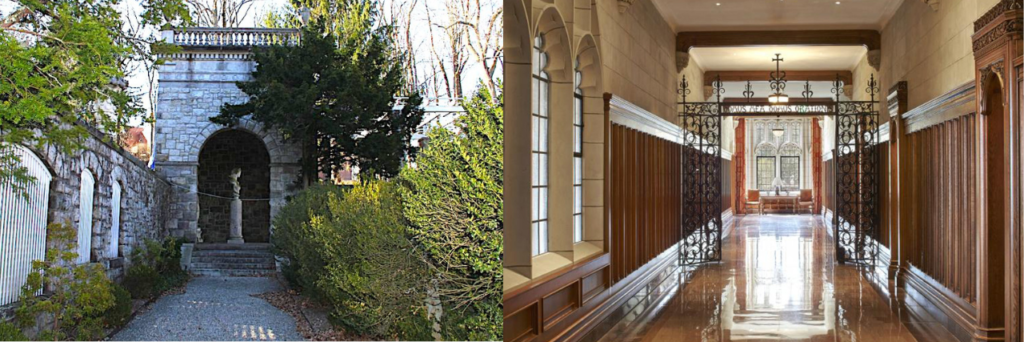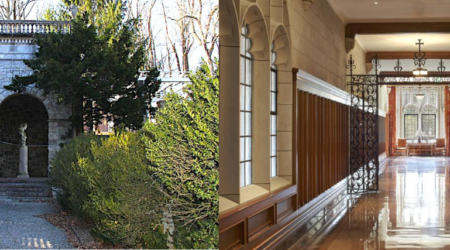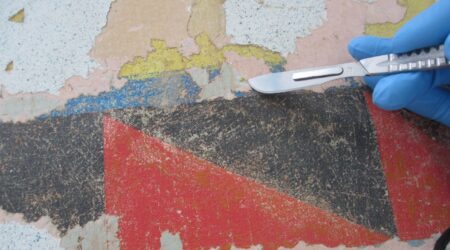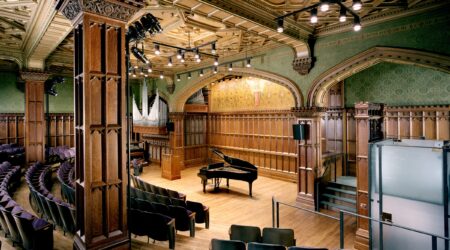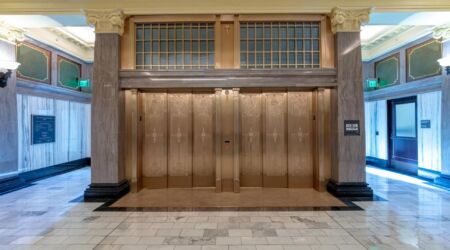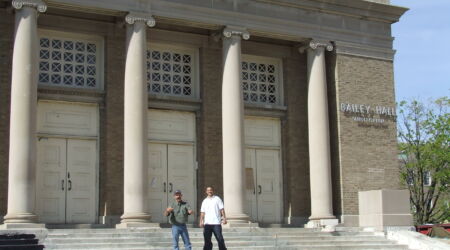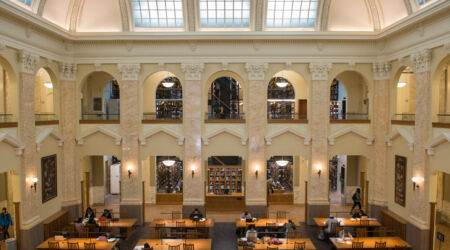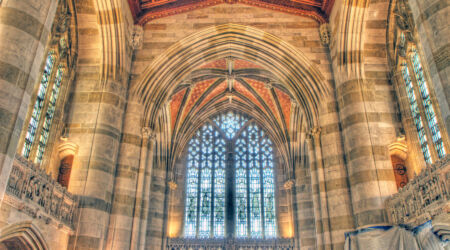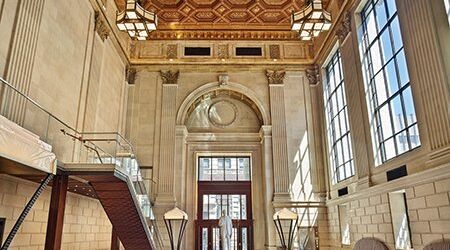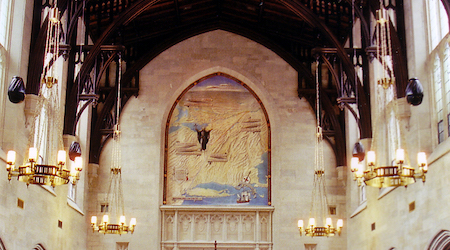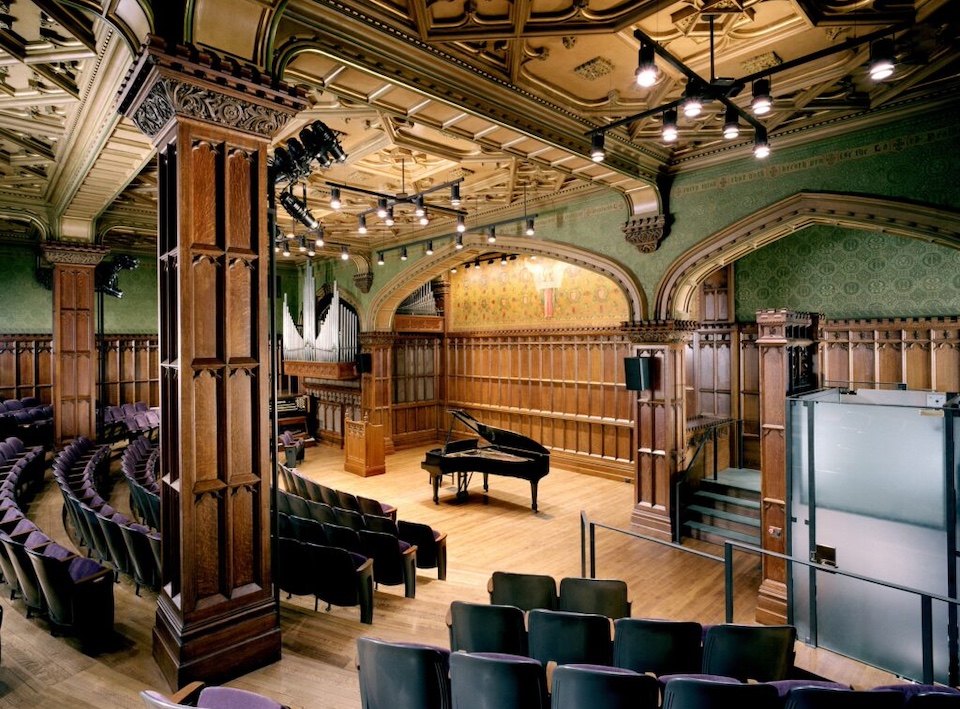As icons of legacy and stability, historic campus buildings provide a sense of place for alumni and future students alike. Campus architecture and art can teach, inspire creativity, and deepen the ties to its community. Often however, they are in some state of disrepair or no longer suitable for modern ways of learning. Transforming a historic building to meet modern pedagogical needs requires expert planning, design, and attention to historic significance and detail.
Reversible modernization. Transforming landmark buildings often requires adhering to historic preservation standards that any intervention be reversible. Close collaboration with historic preservation experts helps navigate the implications during the planning and design.
Reimagined spaces. Modern campuses require high-tech, open, and flexible spaces that can serve a variety of functions and support spontaneous, opportunistic learning. Building interiors as well as campus landscapes need to be reimagined while protecting significant architecture and art during this process.
Advanced sustainability. Any restoration of a historic structure presents an opportunity to improve insulation, introduce more natural lighting, install energy recovery HVAC systems, and recycle waste. These projects can be models for preserving historical integrity while also creating high-performance, sustainable buildings.
Creating a harmony between the old and the new, requires surveys and condition assessments to uncover hidden issues, creative design, precision to preserve significant architecture and art, and a team of experts. When done right, these initiatives provide maximum value to the university and initiate the writing of compelling new chapters.
